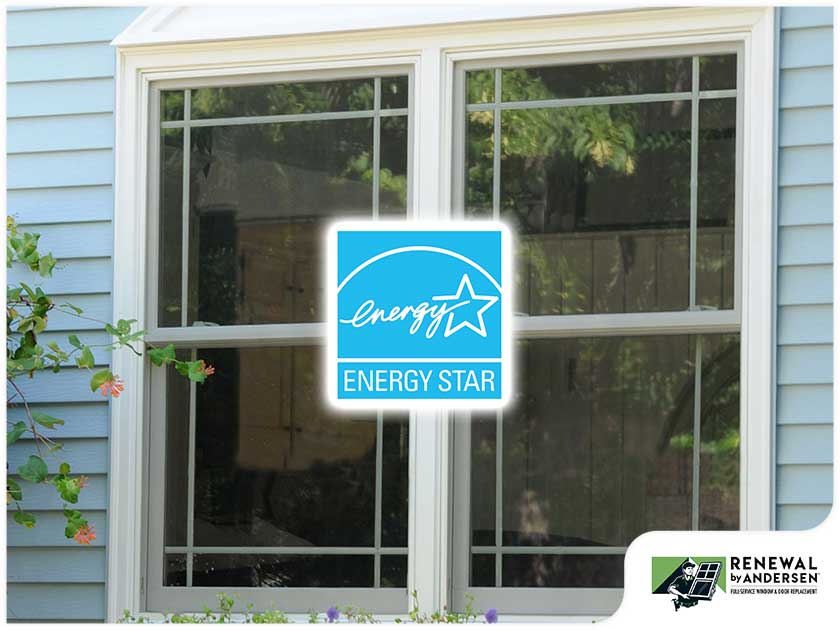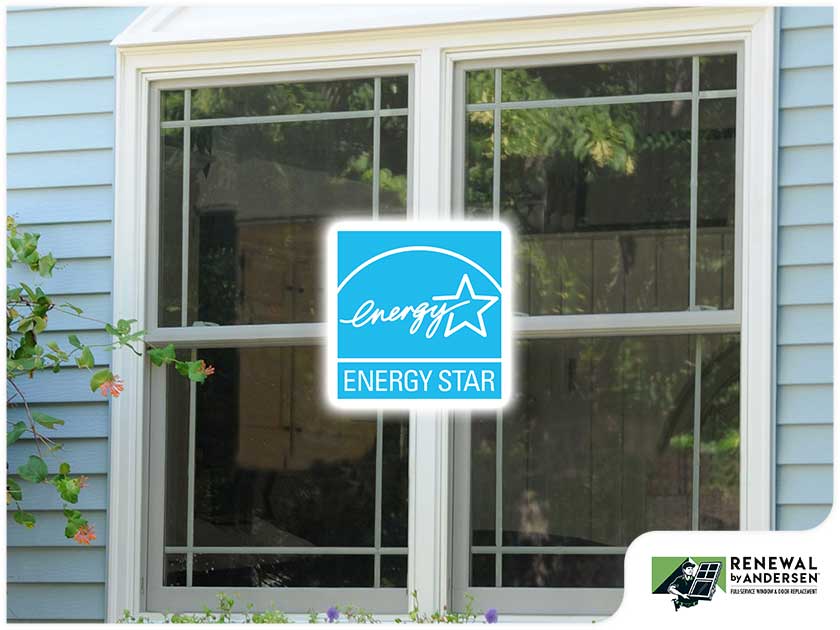

When buying new replacement windows, one thing you need to consider is their energy efficiency. Energy-efficient windows help you save money on your heating and cooling bills. It prevents you from experiencing drafts, which can be extremely uncomfortable during the winter season. One way to ensure that your new windows are energy-efficient is by checking the ENERGY STAR® label.

ENERGY STAR is the trusted symbol that represents the energy efficiency of products, such as windows and doors. Products that exhibit this label helps homeowners save money on energy bills and protect the environment. The ENERGY STAR label was established to reduce greenhouse gas emissions and other pollutants. Thus, it makes it easy for homeowners to choose energy-efficient products without compromising their comfort.
Windows with an ENERGY STAR label are tested, certified and verified. They have met the strict energy efficiency guidelines set out by the U.S. Environmental Protection Agency (EPA).
Your energy-efficient replacement windows earn the ENERGY STAR label by fulfilling the requirements set by the ENERGY STAR product specifications. EPA sets these specifications based on the following guidelines:
If you bought replacement windows with an ENERGY STAR label, rest assured they met all these principles.
Look no further than Renewal by Andersen® Midwest for your window needs. We offer quality window services, including replacement and installation. Call us today at (866) 609-5033, or fill out our contact form to set an appointment.